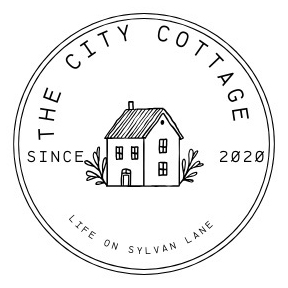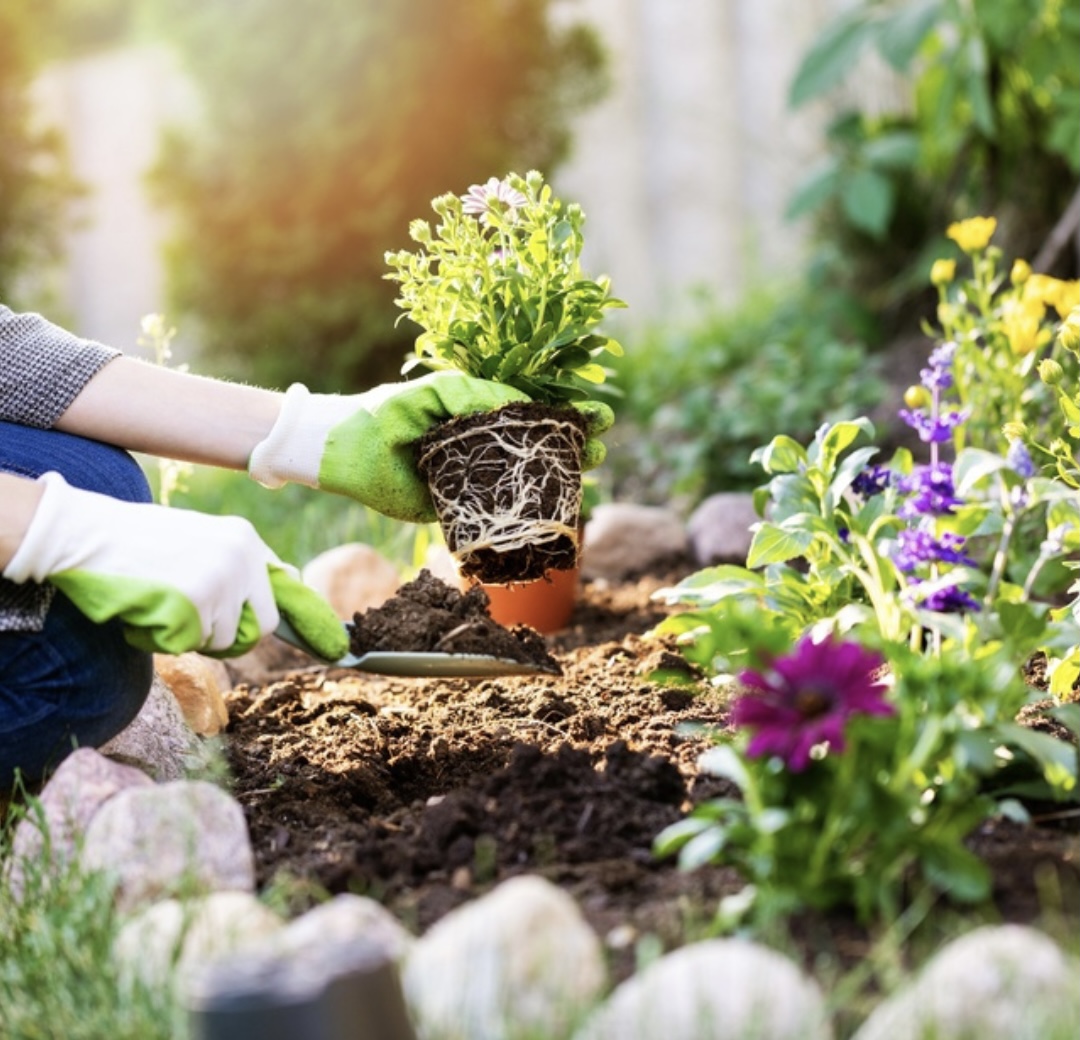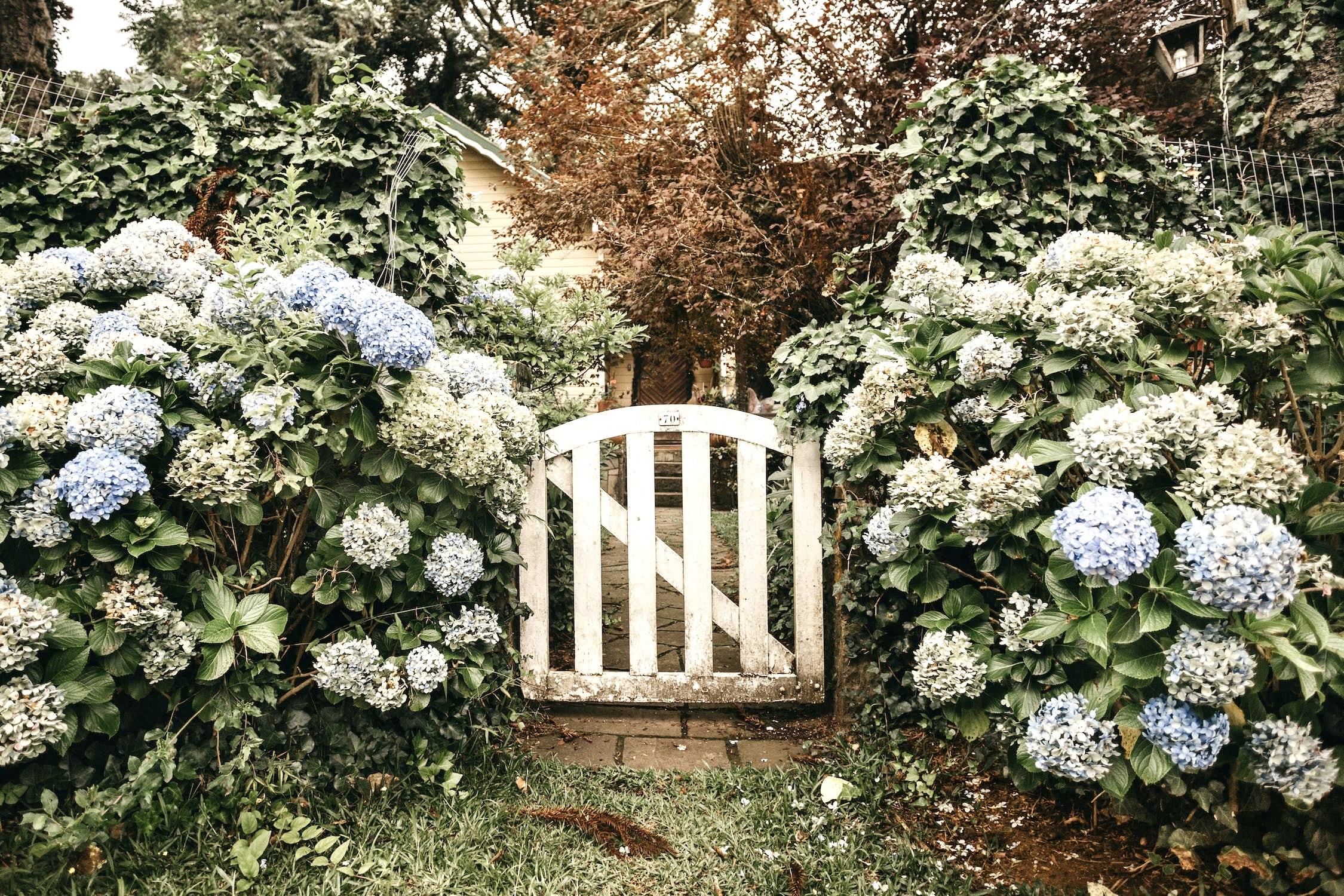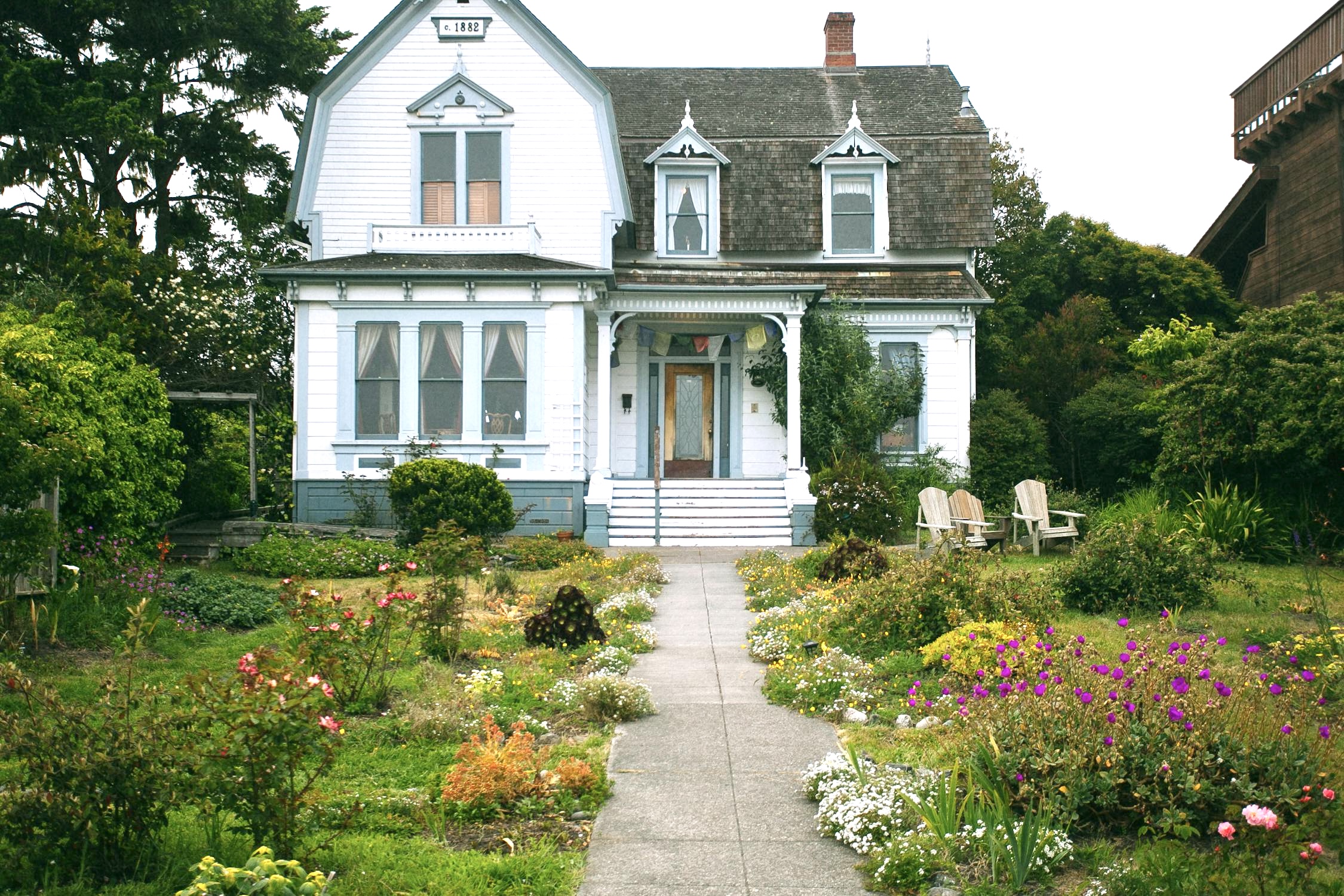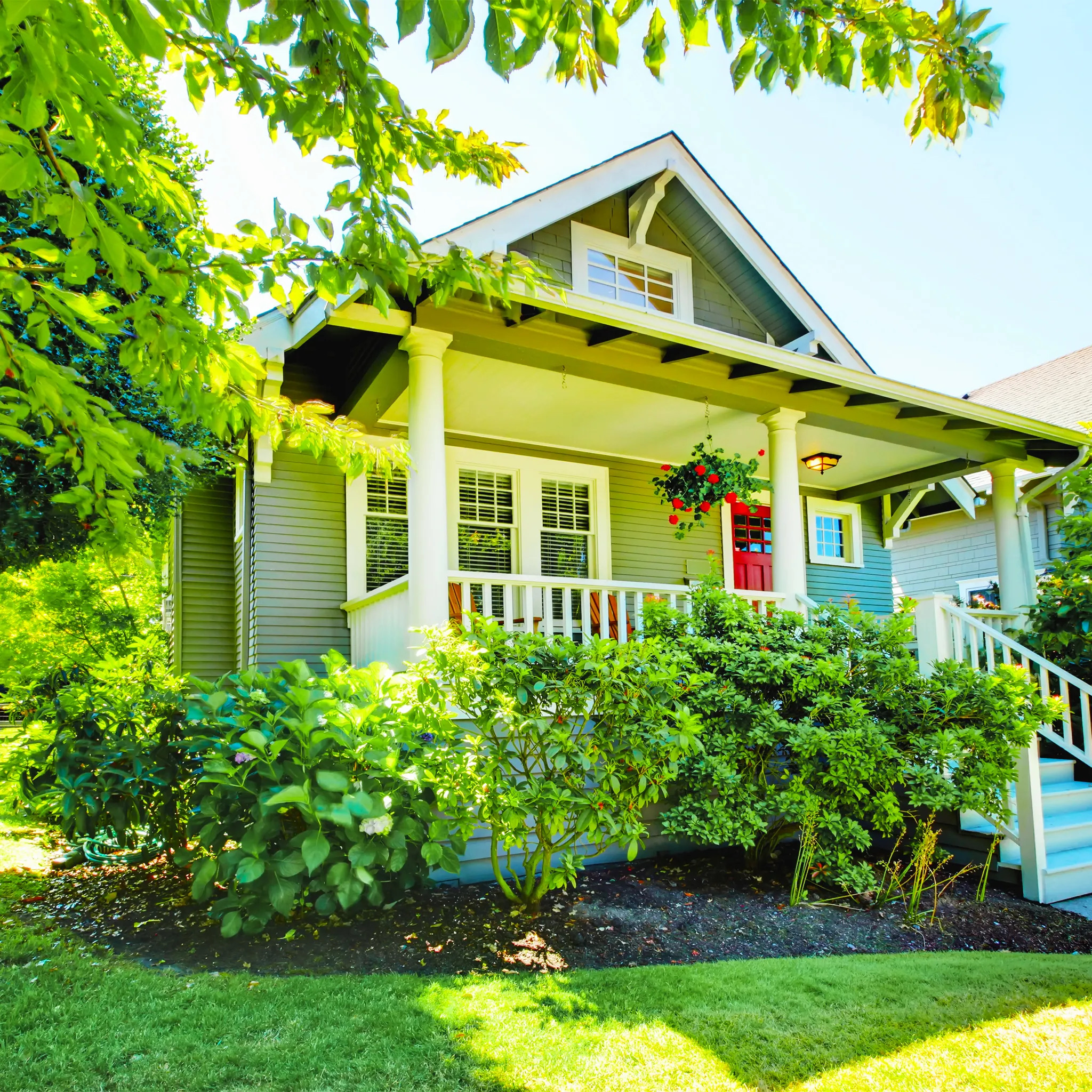Best Soil Prep Methods for Garden Bed Success
Have you been saying, Why won’t my plants thrive—even after all that love? That will all change after educating yourself with this guide.
Hey there, fellow gardener! I know exactly how frustrating it feels when your garden just doesn’t seem to thrive, no matter how much heart you put into it. I’ve been knee-deep in stubborn soil, scratching my head and wondering what was missing—until I picked up a handful of simple tips that made all the difference. Let me share what I learned, so you can skip the struggle and watch your garden bloom with confidence.
Soils Condition is Key
The condition of your soil sets the tone for the entire season. For small-scale gardens, getting the soil right is essential. Poorly prepped soil can lead to stunted growth, drainage issues, and weak root development. But with a few thoughtful steps, you can turn a compact space into a thriving, productive bed. Here are some of the best soil prep methods for garden bed success.
Test and Observe
Soil prep always begins with observation. Squeeze a handful of damp soil. If it crumbles easily, your structure is ideal, but if it forms a tight ball or feels gritty, you will need to make adjustments.
Watch how quickly water drains after a light rain or watering. Compacted or poorly draining soil may require aeration or the addition of organic matter to amend its structure.
In tiny garden beds, especially raised or container-style setups, it’s even more important to understand your soil’s behavior. Small spaces are less forgiving of extremes in moisture and compaction.
Understand Soil History
Not all soil is the same; even in your own backyard. The key differences between disturbed and undisturbed soil can influence how it absorbs water and distributes nutrients.
Disturbed soil, often left behind after construction or landscaping, tends to dry unevenly, crust over, or erode quickly. In contrast, undisturbed soil retains more organic matter and stable structure.
So, if your garden is on previously-dug ground, consider amending the area more intentionally. It’s a detail that experienced gardeners sometimes overlook.
Tilling vs. No-Till
Tilling is a debated practice. While it can loosen compacted soil, it also disrupts microbial life and breaks up natural layers. For cottage gardens and raised beds, a no-till approach—layering compost and letting soil biology do the work—is best.
That said, some soil conditions (like those in parts of Canonsburg, Pennsylvania, where I reside, clay content is higher) may benefit from a one-time till or broadfork to reduce compaction. The key is to disturb the soil only when necessary, and always with a purpose.
What Is Broadforking
Note: it is also called a U-fork or grelinette, is a garden tool used to manually break up densely packed soil, including hardpan, to improve aeration and drainage. Broadforks are used as part of a no-till or reduced-till seedbed preparation process because they preserve the soil structure and avoid the resurfacing of weed seeds.
Feed and Rest the Soil
Once you’ve assessed and worked the soil, add compost, aged manure, or leaf mold. Aim for a layer two to three inches thick. These amendments improve texture, moisture retention, and nutrient availability.
After adding organic material, let the soil rest for a week or two before planting. This short pause allows the amendments to settle and creates a more stable environment for young roots to take hold.
Layer, Cover, and Protect
Before planting, consider covering the bed with mulch, straw, or a light tarp to warm the soil and suppress early weeds. This is especially helpful in cooler climates, where spring temperatures can stall early plantings.
Healthy Soil Needs Patience
Gardening isn’t just about what you plant; it is about what you build beneath it. Slowing down and focusing on the best soil prep methods for garden bed. Success can lead to stronger plants, better harvest, and a more rewarding gardening experience at your Cottage.
Before You Go…
Enjoyed this post? Let’s stay connected!
📌 Follow me on Pinterest for daily home inspiration!
📷 Join me on Instagram for behind-the-scenes styling tips.
🛍 Shop my favorite home finds here.
📧 Subscribe to my newsletter for exclusive styling tips & freebies!
This post may contain affiliate links. This means I may earn a small commission at no extra cost to you when you make a purchase. Thank you for supporting The City Cottage!
Before You Go . .
Enjoyed this post? Let’s stay connected!
📌 Follow me on Pinterest for daily home inspiration!
📷 Join me on Instagram for behind-the-scenes styling tips.
🛍 Shop my favorite home finds here.
📧 Subscribe to my newsletter for exclusive styling tips & freebies!
This post may contain affiliate links. This means I may earn a small commission at no extra cost to you when you make a purchase. Thank you for supporting The City Cottage!
